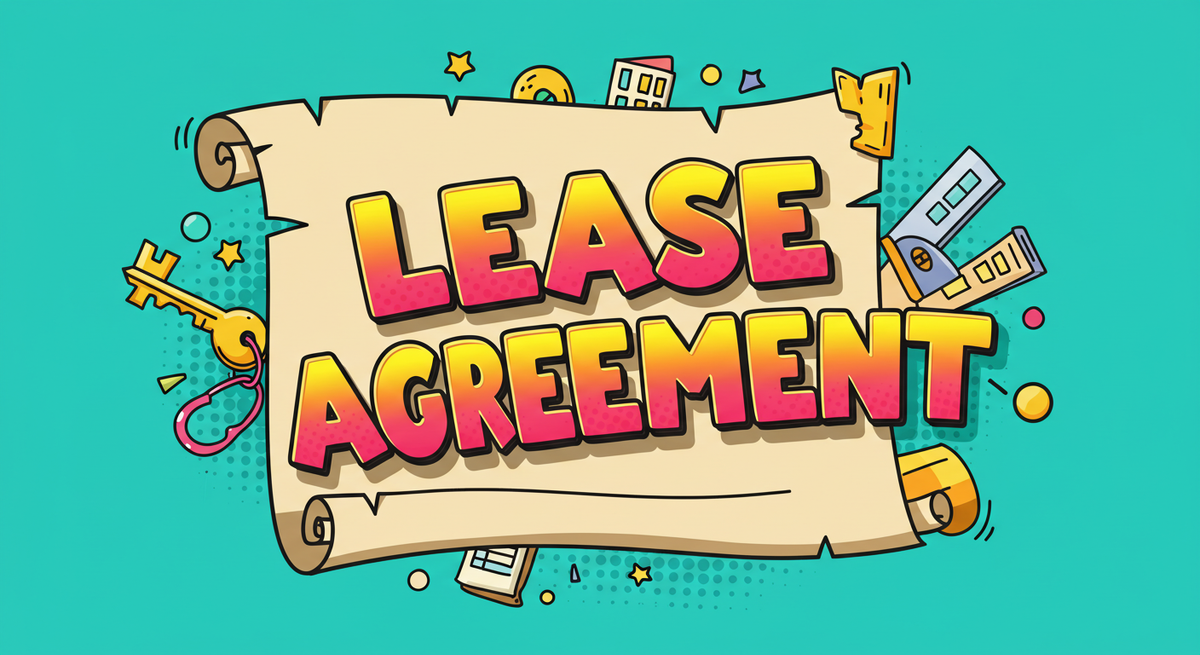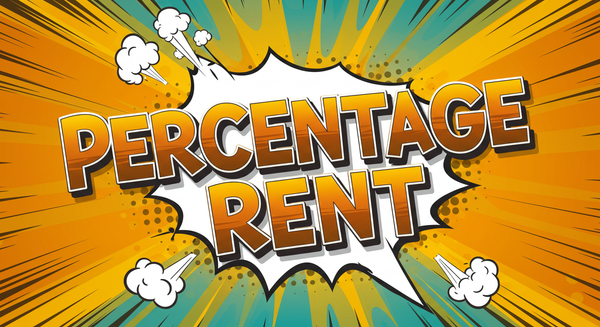Mastering Lease Agreements in Property Management (2025 Guide)
A lease agreement represents a contractual arrangement between a property owner and a tenant, establishing legal rights and obligations for property use and occupancy

A lease agreement is a foundational document governing the relationship between a landlord and a tenant, clearly outlining terms of use, rent payment, security deposits, and tenant responsibilities. As a legally binding rental contract, it defines the rights and obligations of each party throughout the lease term.
Understanding the intricacies of lease agreements is crucial whether you manage a single rental property or a diverse real estate portfolio. A comprehensive agreement clarifies responsibilities, prevents disputes over rent increases, and establishes proper procedures for lease termination. Effective lease management ensures protection against losses due to unpaid rent, legal disputes regarding personal property, and misunderstandings about tenant rights.
In this guide, we'll explore the essentials of lease agreements, discuss their operational impacts, review critical legal requirements, and share best practices.
You'll learn: what constitutes a solid lease agreement, practical applications in property management, legal considerations, and actionable strategies for effective leasing.
What Is a Lease Agreement?
A lease agreement represents a contractual arrangement between a property owner and a tenant, establishing legal rights and obligations for property use and occupancy.
In Texas, for example, a lease agreement is defined by Texas Property Code Section 92.001; it includes terms for monthly rent, lease duration, security deposit, and rules regarding maintenance, utilities, and parking rules.
Lease agreements differ from simple rental arrangements due to their dual legal nature, creating both privity of estate (property rights) and privity of contract (contractual obligations). Common lease agreement types include:
- Residential lease agreements
- Commercial lease agreements
- Month-to-month rental agreements
- Lease-to-own agreements
Legal and operational clarity makes written leases preferable over verbal agreements, significantly reducing risk of disputes and litigation.
▶️ Explore: Texas Residential Lease Agreement Guide
Impact & Applications
Operational Impact
Lease agreements directly impact operational efficiency, financial performance, and tenant retention. Vague leases lead to disputes, financial losses, and high tenant turnover. HUD research shows properties with clear lease management and tenant support services achieve significantly better results:
- 92% occupancy rates compared to 83% without support services.
- 6-month longer average tenancy duration.
- 22% higher success rates for tenant benefit applications (HUD Report).
Effective lease management involves clear documentation, automated rent collection, transparent rent increases, and consistent tenant screening.
Real-World Example: Lease Management Reduces Turnover
A Houston property manager faced 50% turnover due to unclear lease terms about written notice and maintenance responsibilities. By adopting a comprehensive standard residential lease agreement, automating lease renewals, and clarifying tenant duties, turnover decreased to 28% within one year.
Takeaway: Clear leases significantly boost tenant satisfaction and operational stability.
Legal & Compliance Essentials
Lease agreements must adhere to federal and state regulations. Violations can result in invalid leases and legal penalties.
Key legal requirements include:
- Written Lease Requirement: Texas mandates written leases for terms exceeding one year (Texas Property Code); other states laws vary.
- Fair Housing Act: Prohibits discriminatory practices (Fair Housing Act).
- Security Deposit Laws: In most states, deposits must be returned within 30 days unless deductions apply, along with a final tenant statement with an itemized breakdown.
- Notice Requirements: The most common window for a written notice for termination or rent increases across the US is 30–90 days. There are some exceptions across the states, but 30-90 days is the most commonly dictated time frame by law.
Lease Termination and Rent Increase Notice Timeframes (by State)
Do:
- Utilize state-specific lease agreement templates.
- Clearly document tenant responsibilities and landlord obligations.
Don’t:
- Rely on verbal agreements.
- Include discriminatory or unenforceable terms.
Best Practices for Lease Agreements
1. Customize Your Lease Templates
Start from a standard template and adapt it to specific property types and jurisdictional requirements.
2. Clearly Define Responsibilities
Spell out all maintenance duties, utilities, and property rules to avoid confusion.
3. Automate Lease Management
Leverage digital tools to manage renewals, notices, and tenant communication efficiently.
4. Secure and Store Digitally Signed Agreements
Digitally signed documents reduce errors and simplify storage and retrieval.
5. Robust Tenant Screening
Comprehensive screening minimizes risk and ensures tenant reliability.
Lease Agreement Lifecycle
Typical Process Flow for Property Management
Lease Agreement Legal Compliance Checklist
Essential Requirements for Property Managers
- ✅ Lease signed by both parties
- ✅ Proper security deposit handling
- ✅ Fair Housing Act compliance
- ✅ State and local disclosure requirements
- ❌ Avoid ambiguous or vague terms
Frequently Asked Questions
What should be included in a lease agreement?
Key elements of a lease agreement should include monthly rent, security deposit (including pet deposits), tenant duties, lease duration, rent increase terms, and termination processes.
What happens if you break a lease agreement?
Possible penalties include responsibility for remaining rent, lease termination fees, loss of deposit, legal action and more.
What's the difference between a lease and a rental agreement?
Leases are fixed-term; rental agreements are typically month-to-month.
Is a verbal lease enforceable?
Verbal leases are enforceable. However, verbal leases are harder to enforce legally and should always be documented in writing.
Conclusion
Lease agreements are essential tools for property management success. Clear leases protect your assets, enhance operational efficiency, and improve tenant relationships.
Key Takeaways:
- Prioritize clarity in every clause.
- Ensure strict compliance with federal and state laws.
- Automate processes for efficiency and accuracy.
🔗 Additional Resources:
Explore our complete resource library at LandlordDoc.com
LEGAL DISCLAIMER
This content provides general information and is not legal, financial, or accounting advice. LandlordDoc.com assumes no responsibility for errors or outcomes resulting from its use.





